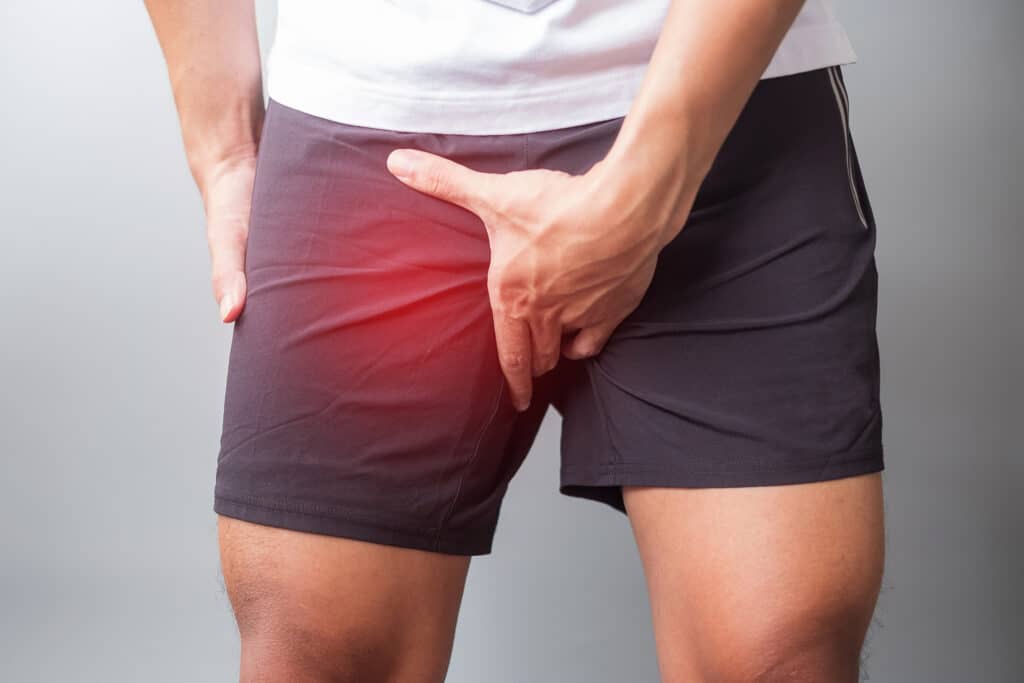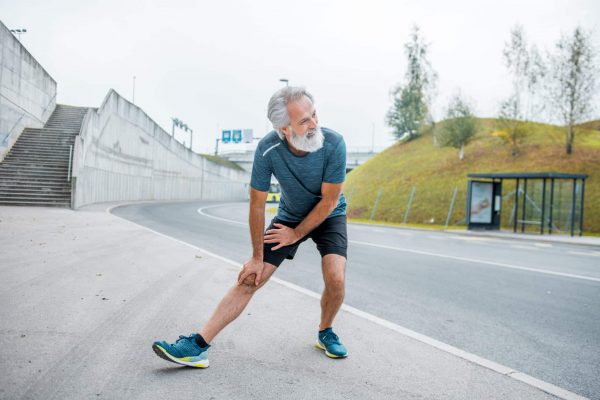Adductor tendinopathy is a painful condition that affects the tendons in your groin area. It is most commonly caused by overuse or sudden strain on the groin muscles, which can lead to inflammation and damage to the tendons. Although not life-threatening, it can be extremely uncomfortable and restrict your daily activities. Physiotherapy and chiropractic care are two of the most effective treatments for adductor tendinopathy, and in this blog post, we will discuss these methods in detail.
1) Physiotherapy: Physiotherapy is a non-invasive and conservative treatment option for fixing adductor tendinopathy. A physiotherapist can develop a personalized rehabilitation program to help you recover from the injury and prevent future occurrences. The program may include joint mobilization, massage, stretching and strengthening exercises of the adductor muscles and tendons. The main benefit of physiotherapy is that it reduces pain and increases flexibility and range of motion of your hip and groin area, which can significantly improve your quality of life.
2) Chiropractic Care: Chiropractic care is another non-invasive treatment option that can help treat adductor tendinopathy. A chiropractor can conduct a thorough examination of your hip, groin, and pelvis area and develop a treatment plan that best suits your needs. One common technique used in chiropractic care for adductor tendinopathy is Active Release Technique (ART), which involves the chiropractor using their hands to apply pressure to the affected area while you move your leg in various directions. This technique helps to stretch and loosen the muscles and tendons in the groin area, reducing inflammation and pain.
3) Rest: Rest is crucial for the healing process of adductor tendinopathy. Avoiding activities that cause pain or discomfort in the groin area is the first step in treating the condition. For some people, complete rest may be required for a few weeks to allow the tendons to heal completely. However, complete inactivity is not recommended, and gentle stretching and movement exercises can actually enhance the healing process.
4) Ice and Heat Treatement: Ice and heat treatment is another effective treatment option for adductor tendinopathy. Applying ice to the affected area for 20-30 minutes several times a day helps reduce inflammation and pain. Heat, on the other hand, helps to relax and loosen the muscles, increasing blood flow and oxygen supply to the affected area. Alternating ice and heat can be particularly useful in reducing pain and promoting healing.
5) Medication: Over-the-counter painkillers, such as ibuprofen or naproxen, can help alleviate pain and reduce inflammation caused by adductor tendinopathy. However, it is recommended to use them only for short periods, as they can have side effects if used for a long time.
Adductor tendinopathy can be an uncomfortable and frustrating condition, but it can be effectively managed and treated with the right approach. Physiotherapy and chiropractic care are two of the most effective treatment options for adductor tendinopathy, and these treatments, when used in combination with rest, ice and heat, and medication, can significantly improve your quality of life. If you are suffering from adductor tendinopathy, it is important to seek professional help and develop a personalized treatment plan that best suits your needs. With the right care and management, you can successfully recover from the condition and resume your daily activities without any discomfort or pain.





